Benchmarks: Gaming
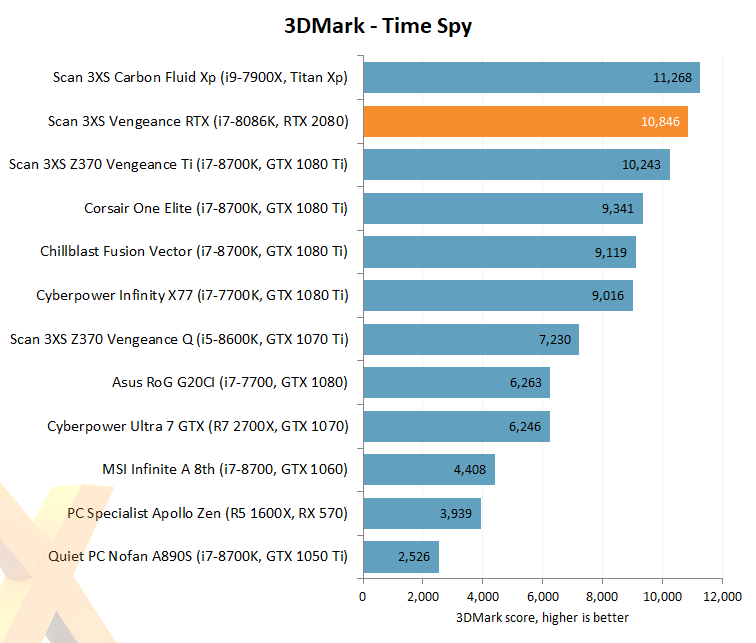
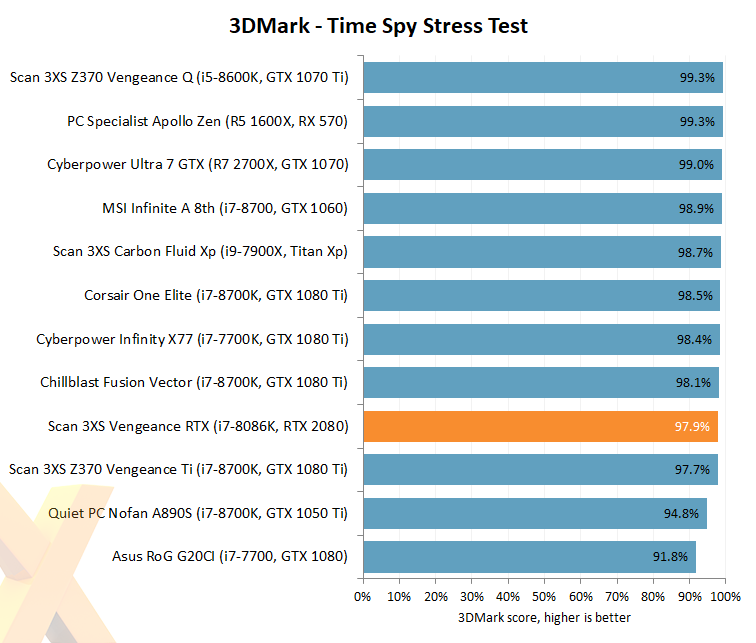
RTX 2080 Ti is known to have set our benchmarks alight, but RTX 2080 isn't quite so provocative; it's a tad quicker than the 18-month-old GeForce GTX 1080 Ti, but don't expect game-changing results, at least not yet. On the stability side of things, the massive dual-fan Asus cooler is doing a decent enough job and manages to surpass the 97 per cent pass mark in the Time Spy stress test, even with Scan's overclock applied.
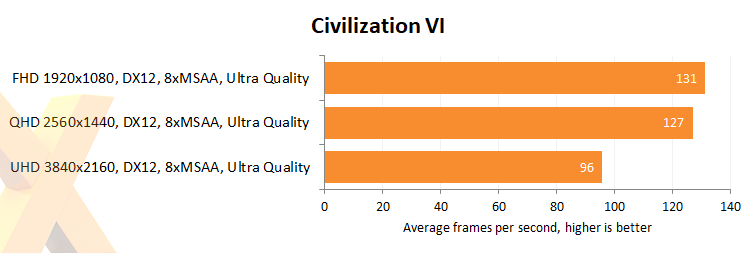
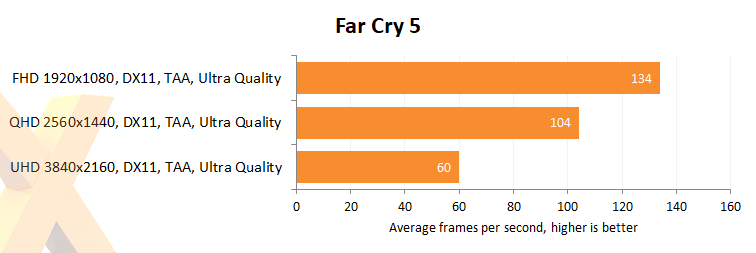

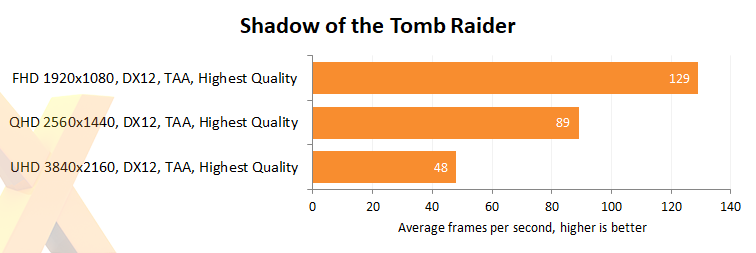
Looking at a handful of popular games, it's clear that RTX 2080 is wasted on a full-HD screen. You really need to be playing at a QHD or UHD resolution to make the most of what this card has to offer. 2,560x1,440 is child's play even in the latest games, and the 3XS Vengeance RTX manages to deliver silky 4K gameplay in all but one title; Shadow of the Tomb Raider remained playable but averaged 48 frames per second at the highest resolution.
The key points to take away are that RTX 2080 is similiar to GTX 1080 Ti from the previous generation when it comes to how we traditionally look at performance. Nvidia's special sauce, however, could be Deep Learning Sub-Sampling (DLSS), which we've demonstrated can boost performance by as much as 40 per cent. A DLSS-enabling patch is said to be coming to Shadow of the Tomb Raider in the near future, and we'd be disappointed if the 4K framerate didn't sail past the 60fps mark. The question that's hanging over the entire RTX experience is will developers make full use of Turing's new tools? One can only hope.









